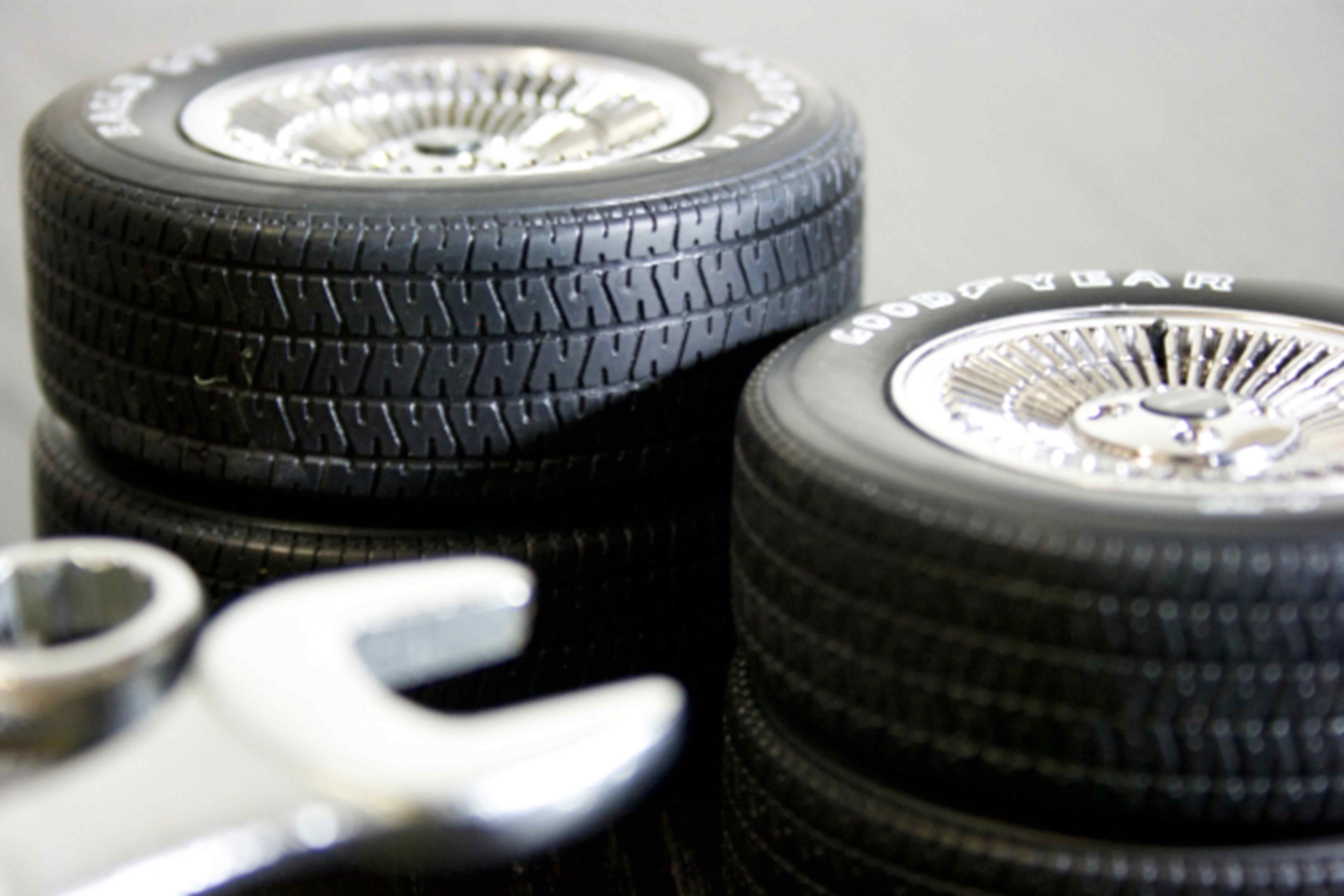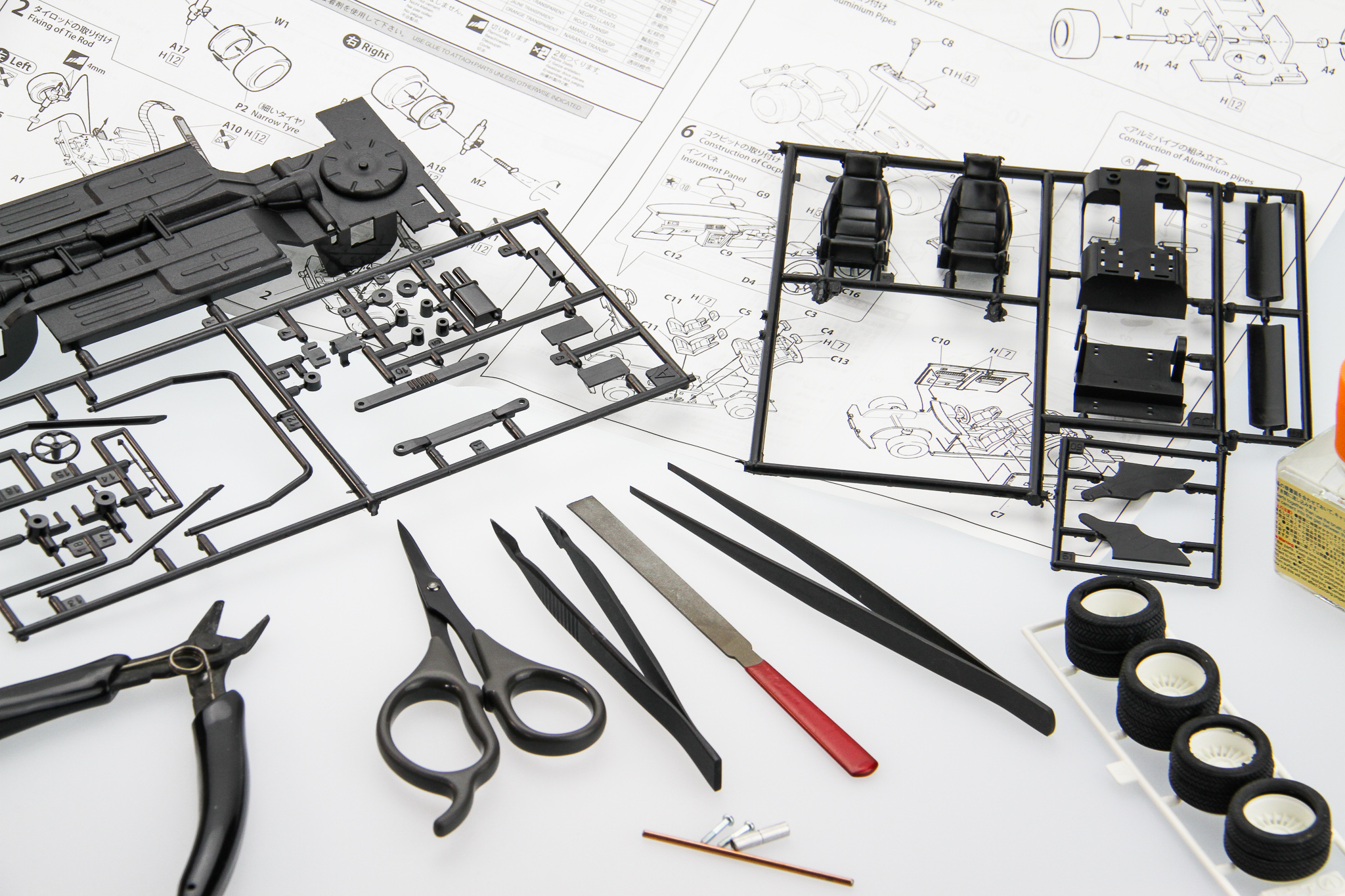“Plastic models” are models that are made by assembling parts made of plastic materials. In Japan, they’re often referred to by the abbreviation “Plamo”. “Plastic models” themselves seem to have originated in the UK in the 1930s or so. It was introduced to Japan from the United States through World War II. Japanese “Plastic models” are very popular overseas because of the details and accuracies of their parts and the high level of realization of their gimmicks. Real airplanes, naval ships, tanks, and automobiles… Even buildings have been commercialized with different scaling. Well, they’re a model of a real thing, so the more realistic the structure and details, the better the products, right? It seems that Japanese “Plastic models” became popular worldwide in the field of fictional objects that appeared in movies, comics, and anime. There was a worldwide SF boom in the 1970s and 1980s. It was a time when science fiction became popular in all fields of entertainment. Japan is no exception to this movement, and many masterpieces have been created. ○○, △△, ××, and ◇◇… (We’re sure you can figure them out on your own~) The fictional original mecha that appeared in those plays were made into “Plastic models”, and as a result, there was a huge boom. At the time, many overseas visitors to Japan bought them as souvenirs for their children. Even the models in movies and anime that were not well known in their own country were very popular. Actually, it was not unusual for the popularity of “Plastic models” to be the trigger for the original movies, comics, and anime to become known later on. It’s quite amazing, don’t you think so?

Since then, Japanese “Plastic models” have continued to evolve. If you don’t know much about them, we’d like you to have a look at the current Japanese “Plastic models” kits. Please check out the original movies, comics, or anime as well. You must have this look (; ゚д゚) on your face! By the way, in the past, adhesives were required to make “Plastic models”, but nowadays they are often no longer necessary. In addition, if you’re not too picky, the paint job is quite good even in its default state. “I” was also quite shocked just the other day… Wow!! It was a very “epic” thing that made me feel a childish desire to tinker that should have been sealed away in the past… Well, as a result, the space for “stash” has now appeared in my room…!( ̄▽ ̄;)! Of course, there are many other interesting “Plastic models” as well, not just fictional mecha and characters from movies, comics, or anime. You’ll think, “Why did they make a plastic model of such a thing with such quality…?” There are many such unique ones. If you think you’ve been fooled, try a web search using the keywords “○○” + “plastic model”. A good percentage of them do exist, so…
※”Stash” means many “Plastic models” that are stacked in a box without being assembled…
“Shizuoka” is very famous as a production area for “Plastic models” in Japan. Many of the world-famous “Plastic models” and radio-controlled car manufacturers have their manufacturing plants here. It may be a special place that fans of “Plastic models” have longed to visit. “Shizuoka” is the area associated with Ieyasu Tokugawa, the founder of the Edo shogunate (known as “Sunpu”). During the Edo period, the shogun of the time had a major renovation of the “Shizuoka Sengen Shrine”, a shrine associated with the Tokugawa family that was located in the Sunpu area. As a result, many craftsmen in the woodworking / construction industry from all over Japan were recruited. Later, these craftsmen stayed in Sunpu, and the woodworking industry took root around “Shizuoka”. These techniques for manufacturing wooden models were eventually applied to “Plastic models”. It’s quite an interesting story, isn’t it? In this sense, we think it is not too much to say that Japanese “Plastic models” are also one of the traditional crafts. Now… Why don’t you “stash” with us? *( ̄▽ ̄;)*




_op.png)
_001.png)
_002.png)
_003.png)
_004.png)
_005.png)
_006.png)
_007.png)
_008.png)
